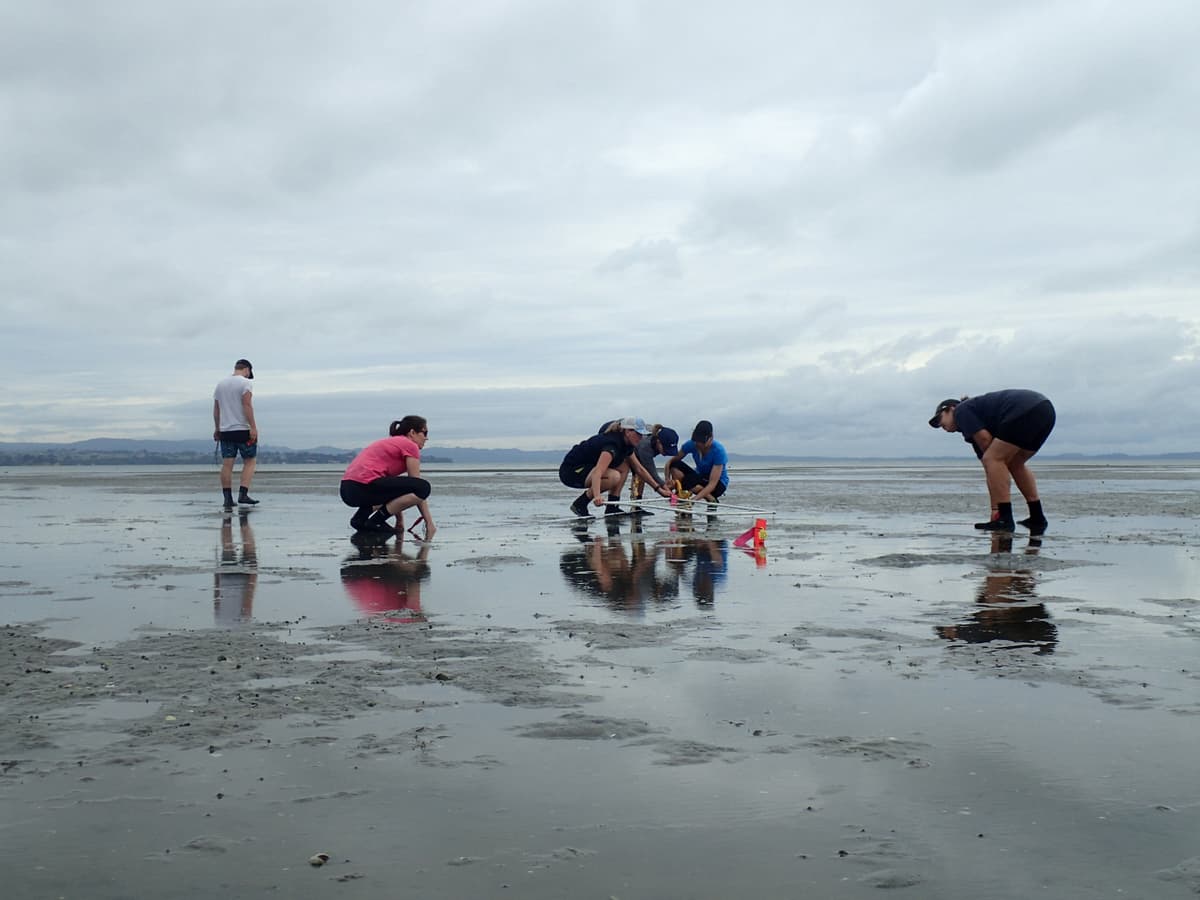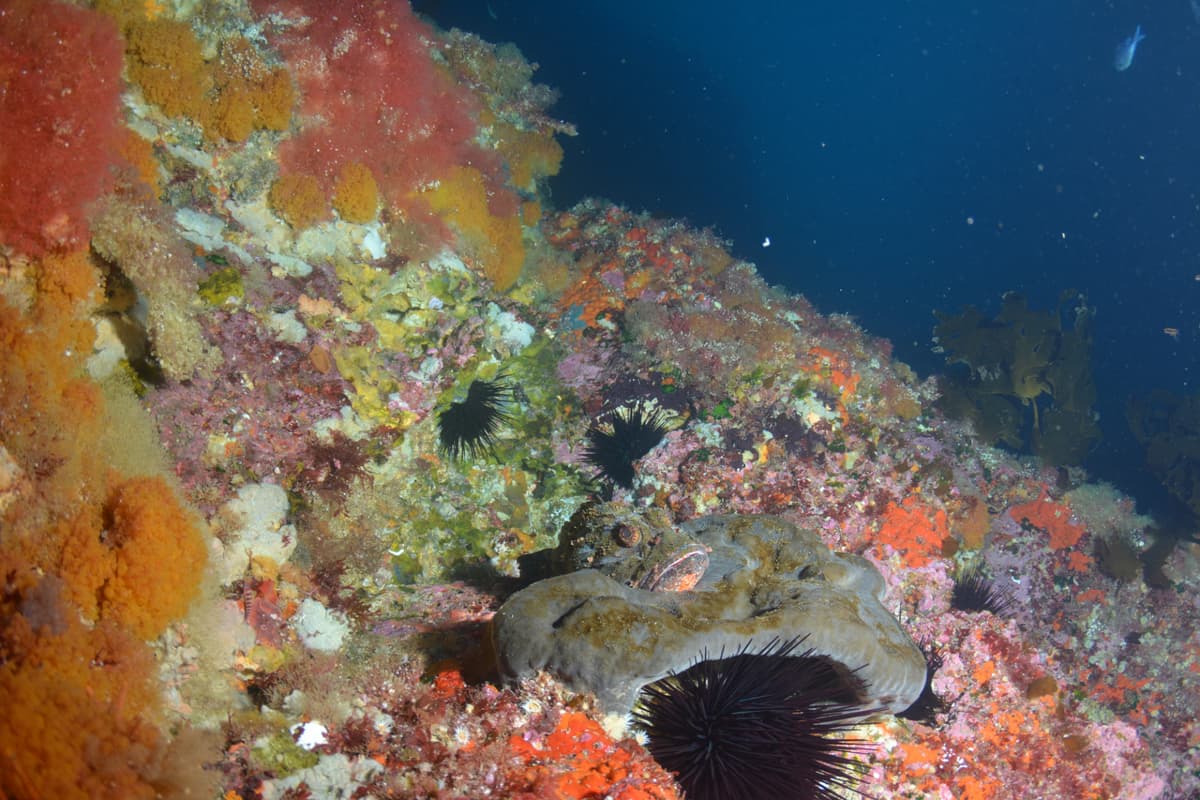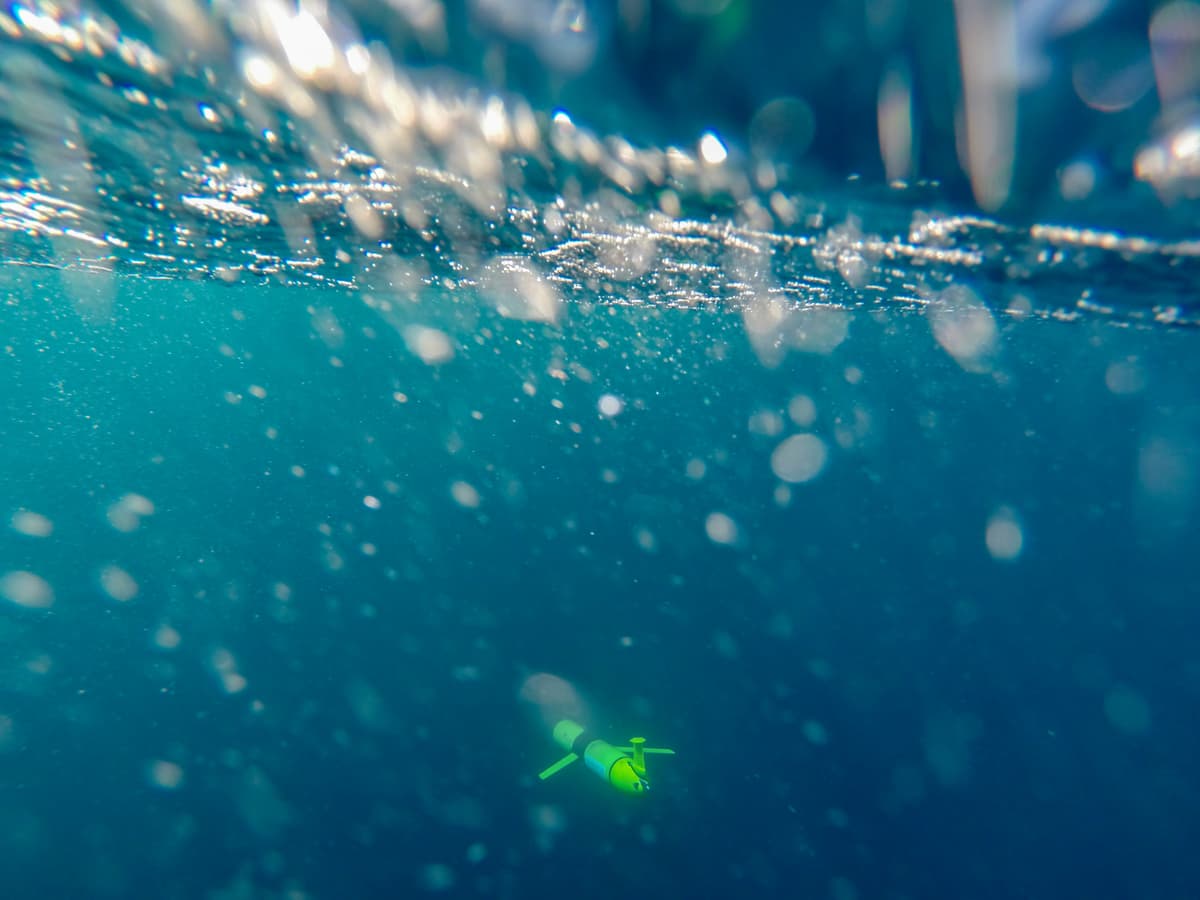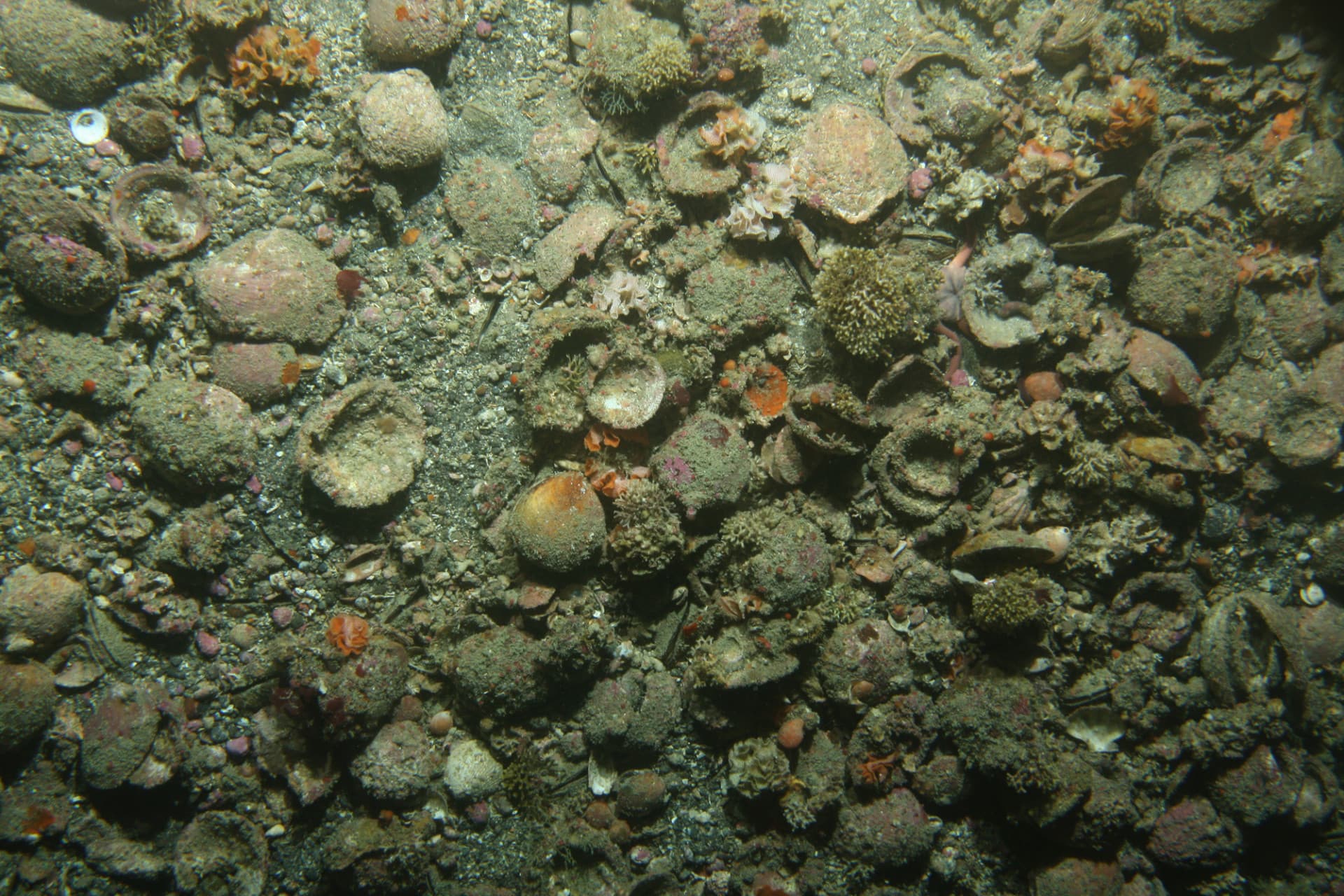Related projects & activities




We investigated the effects that suspended sediment from human activities has on the health and survival of deep water species in the South Taranaki Bight.
| Project Leader | Duration | Budget |
|---|---|---|
| Malcolm Clark (NIWA) | October 2016 – January 2019 | $300,000 |
Human activities, such as mining and fishing, can generate suspended sediment that affect the health and survival of deep-sea species. We used innovative laboratory experiments to understand how resilient species are, and how quickly they can recover.
We have completed trials on two deep-sea animals: dog cockles (Tucetona laticostata) and a sponge (Crella incrustans) found in the Taranaki Bight area.
We put collected specimens in seawater to see how they responded to different conditions. The seawater ranged from clean to very murky with a high concentration of suspended sediment. We measured their survival, feeding, respiration, buoyant weight, tissue condition, internal sediment accumulation, and various stress responses such as budding and mucous production over time. After four weeks, we returned the specimens to normal seawater and monitored how well they recovered from our experiment.
Our research will determine the level of suspended sediment that has an impact on these deep-sea species. From these results, we can predict when management or mitigation strategies will be needed to protect them.
This project has produced or contributed to:


